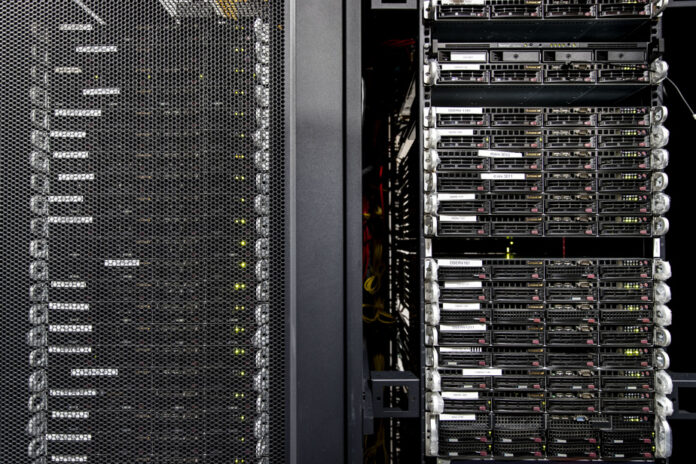The astonishing responses of a conversational robot like ChatGPT and all the artificial intelligences that have changed our daily lives have an environmental cost that scientists have been calculating for a few years. But there are solutions that these intelligences themselves could help find.
Artificial intelligences based on neural networks, this “deep learning” that has been very successful for a decade, involve thousands, if not millions of hours of computer calculation. As oil is refined, an oft-cited parallel, computers must analyze astronomical volumes of data. A team from the University of Massachusetts did the exercise in 2019 to evaluate and compare the energy consumption of this drive and calculate the greenhouse gas (GHG) emissions, based on the “mix”. of electricity typical of Amazon’s largest cloud provider, AWS.
Here are the conclusions.
“While many of us have probably thought about it in an abstract and vague way, the numbers really show the scale of the problem,” Carlos Gómez-Rodríguez, a computer scientist at the University of A Coruña in Spain, said as quoted by MIT. TechnologyReview. Neither I nor the other researchers I spoke to thought the environmental impact was so significant. »
It is easily forgotten, but any large-scale computing activity involves a large consumption of electricity. Unfortunately, no study has been able to establish the overall consumption of all the computers in the world used for artificial intelligence. However, we have a fairly accurate portrait of the consumption of some 8,000 data centers around the world thanks to a report by the International Energy Agency published in September 2022. These infrastructures are central to digital, from the Internet to AI training.
Excluding cryptocurrencies, it is estimated that data centers consumed between 0.9 and 1.3% of the electricity used in the world in 2021, i.e. between 220 and 320 TWh for CO2 equivalent emissions of 300 million tons. By way of comparison, Quebec produced 213 TWh in 2019, the last complete report from the Canada Energy Regulator. GHG emissions in Quebec stood at 84.3 million tonnes in 2019, according to Quebec.
In 2020, three researchers from the Department of Computer Science at the University of Copenhagen, Lasse F. Wolff Anthony, Benjamin Kanding and Raghavendra Selvan, developed software, Carbontracker, to calculate the energy consumption and GHG emissions of training an AI. Their key findings:
“Developments in this area are extremely rapid, and deep learning models are constantly becoming larger and more advanced,” Anthony told Unite.AI. “Right now, we are seeing exponential growth. And that means increasing energy consumption that most people don’t seem to think about. »
This idea of ”increasing consumption”, however, is not unanimous. A more recent study, published in June 2022 and involving researchers from Google and the University of California, Berkeley, estimates that the ecological footprint of AI training will soon plateau before declining.
In its report last September, the International Energy Agency indicates that we are already on this path: it notes that while internet use has exploded in 2021, with a 31% increase in mobile data consumption, electricity demand only increased by 5%.
For Bernard Lebelle, CEO of the Montreal firm The Green Link, which advises companies on sustainable development, it is this perspective of “optimization” that must be retained.
AI researchers have made great strides in training their models on smaller databases, he points out. He further recalls that the impacts in terms of GHG emissions obviously depend on the source of electricity production. And AI will be a great help in improving renewable sources like solar and wind while helping with storage.
“Today, we ask ourselves these questions while using a 20th century IT infrastructure. As soon as we fall into quantum or photonics, the day we start to run our models more and more easily, the environmental impacts will no longer be the same. »















